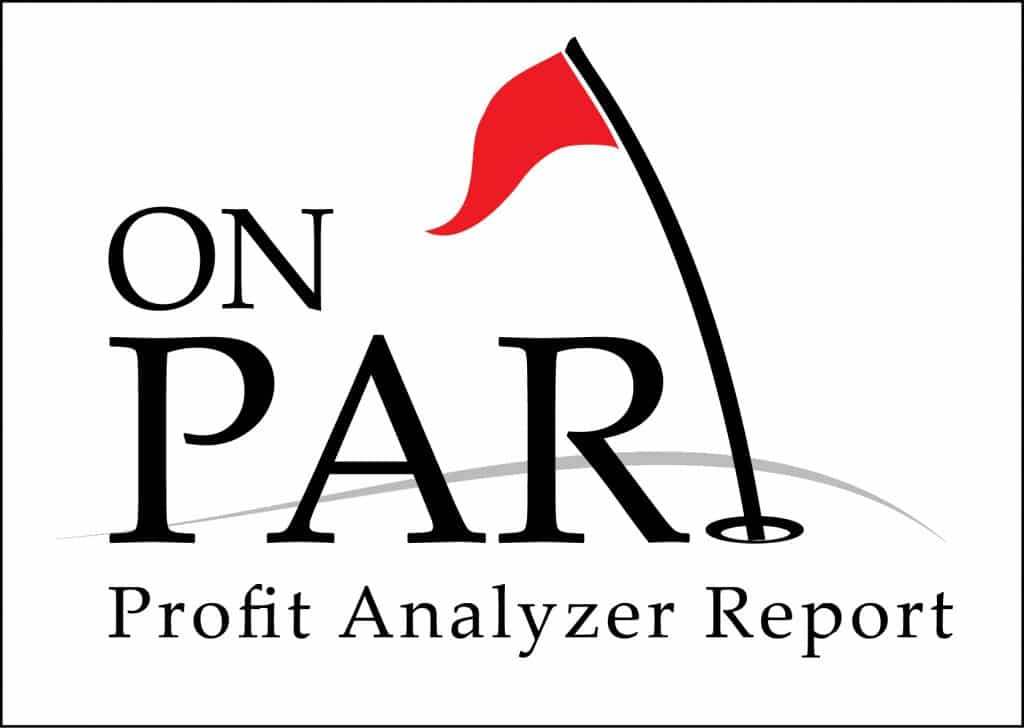Research shows now that the majority of automotive customers want the option of a virtual turnover. They may come into the dealership initially to view and select the car, and they’ll come in to pick it up, but in a recent JM&A survey, 80% of respondents said they preferred the virtual turnover experience over completing it in-person.
The bottom line? As a dealer you need to provide seamless omnichannel support, which means being up to speed on your virtual turnover process. Following are 6 helpful tips that will make it smoother and more successful.
1. Have a clear process documented and share it with your customer beforehand.
There is a significant list of requirements for a virtual turnover — not only all the documents needed, but the computer equipment as well. So be sure you and your customer have everything on standby, from deal sheet, invoice, and any OEM program information (your end) to a driver’s license, insurance, and ownership (their end) — in addition to the requisite laptop, webcam, internet, and so on.
Making that happen is easier if you have a standard email or document that you can replicate easily for each customer and that clearly explains:
(a) The documents the customer needs to have ready for the call
(b) What will happen during the call
(c) How to log onto whatever technology platform you’re using for the call (Zoom, Teams, Google Meet, etc.)
Regarding the technology, you may want to attach a separate PDF document, or include a link to the Zoom / Teams / Google Meet website, that provides more detailed instructions and troubleshooting information. Always send a reminder of the appointment the day before (and be sure it’s been confirmed), and be prepared to phone the customer if necessary to ease them into the virtual call.
2. Conduct mock turnovers with colleagues.
A virtual turnover requires you to be knowledgeable not only in automotive technology but also information technology. Awkwardly fumbling around a meeting platform will reflect badly on you, and could undo all the effort that got you to that point. The old saying “practice makes perfect” applies: Conduct mock turnovers that enable you to get to know the technology better, including the annotation / drawing tools that allow you to underline or circle parts of a document so the customer can clearly follow along. Your goal is to make the technology an integral part of — rather than a hindrance to — the FSM process
3. Have a photo of the customer’s vehicle up on-screen to start the call.
Having a picture of the customer’s new vehicle on-screen is the perfect entry point into the call: It validates their choice, renews their excitement, and gets the conversation going: “Really smart choice / gorgeous colour / I love how it drives…”
4. Be mindful of the overall difference between virtual and in-person meetings.
Virtual meetings don’t allow for the nuances of body language and even facial expressions like in-person meetings do. There isn’t the degree of human interaction virtually, so you as the presenter will do more heavy lifting. You’ll tend to do more talking. You’ll need to clearly point things out on-screen. Certain processes must be handled differently: For the KYC, as an example, you’ll need to ask your customer to hold their driver’s license up beside their face — a request that can feel awkward. And generally, you’ll probably need to be a little more animated than you normally would in order to keep the meeting lively and the customer engaged. You may even need to provide tech support from time to time. All of which is to say that virtual meetings are convenient and practical, but they do require a slightly different approach to customer interaction.
5. Take opportunities — such as the credit application — to build rapport.
For all the reasons mentioned in #4, it’s especially important in a virtual meeting that you take advantage of opportunities to establish rapport. During the credit application, for instance, you’re asking questions about vehicle use that reveal details about the customer’s lifestyle. E.g. “You use the car every weekend for soccer? Do you travel to a lot of tournaments too?” Not only are you gathering necessary information, but you’re turning a process into a more natural dialogue, and thereby minimizing the technology barrier.
6. Be sure you’re using a menu to support the FSM process.
Whether in-person or online, a three-column menu should be your go-to for an optimal FSM presentation — for many reasons. Make sure you’re set up with your menu ready to go before the call.
Conducting turnovers virtually adds a layer of complexity to the process that is crucial to master if you’re to be successful. Learn more about making virtual turnovers polished and seamless: Contact us here or reach out to your Armour Group representative.




